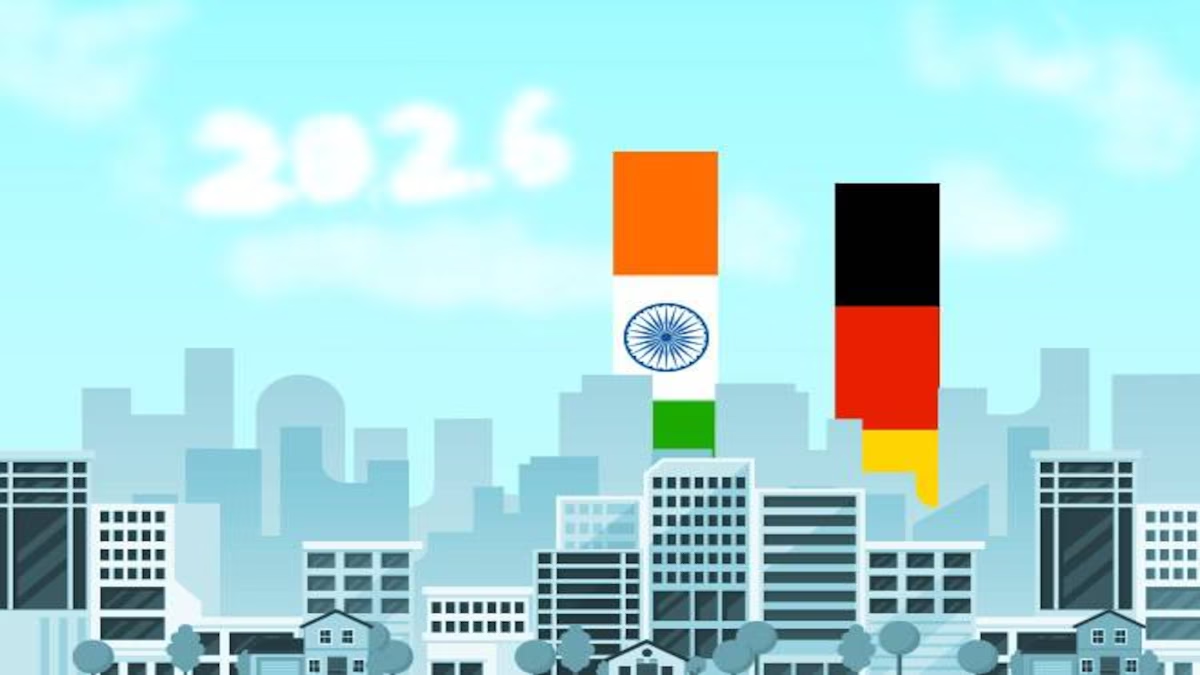
Robust GDP growth brightens India’s chances to surpass Germany by 2026
Data released by the Ministry of Statistics and Programme Implementation show India's GDP at constant prices, grew at the rate of 7.6 percent annually, during the second quarter of the year 2023-24, faster than the 6.2 percent growth recorded for the second quarter of 2022-23. India's GDP at current prices in the second quarter was Rs 71.66 lakh crore, and that raised India's per capita annual income to Rs 2.01 lakh during the quarter or $2,436 ($1=Rs 82.5, average September market price). In the first half of fiscal year 2023-24, the economy expanded by 7.7 percent. If this pace of GDP growth continues, then India's per capita income may reach $3,600 by September 2030. The per capita income was hardly $1,560 in the year 2014.
Although all sectors have contributed to the growth of GDP this quarter, the largest share of growth in value addition was from manufacturing, which grew by 13.9 percent. The second biggest growth sector was construction, which grew by 13.3 percent. The third sector was electricity, gas, water supply and other utility services, where 10.1 percent growth was recorded. Mining contributed with 10 percent growth. The growth in the service sector was not very remarkable. A matter of concern in this quarter was the performance of the agriculture sector which recorded a low 1.2 percent growth. But this is not due to any fundamental flaw but due to uncertain and insufficient monsoons.
Growth in manufacturing indicates the success of the Union government's Atmanirbhar Bharat policy. A large number of new production units are coming up in every sector. These include various types of products including electronics, telecom, machinery, solar equipment, defence equipment, chemicals, toys, textiles and so on. Due to the production-linked incentive (PLI) policy, the production of laptops and semiconductors may also start soon. If we look at some specific indicators, a significant growth rate was visible in coal, steel, cement, mining and power generation. Coal production registered an increase of 16.3 percent, while cement output grew by 10.2 percent. Steel production grew 19.5 percent. The 11.5 percent growth in mining is also remarkable. The number of airline passengers increased by 22.7 percent and railway passenger figures are also showing growth. Deposits in banks grew by 11.5 percent, while loans given by banks rose at a faster rate of 13 percent. All these figures point towards an improving economic environment in the country. It has to be understood that the growth of manufacturing has a direct impact on employment. It’s beyond doubt that employment opportunities in manufacturing are much greater than in the service sector.
While India’s economy grew by 7.6 percent in the July-September quarter, China saw only 4.9 percent expansion, Russia 5.5 percent growth and the United States 5.2 percent. In Germany, which is currently two places ahead of India in terms of the size of GDP, growth declined by 0.4 percent. In such a situation, if India’s economy grows at the current rate, its annual GDP will reach $3.5 trillion by the end of the present financial year and if Germany's current GDP of $4.1 trillion declines by 0.4 percent, then the European nation’s GDP will decline to $4.08 trillion. India's GDP will then be smaller by only $600 billion, and if the present rate of growth sustains, India can surpass the German GDP in less than two and a half years.
This growth being driven by manufacturing, opens new vistas fro employment generation. In the last couple of years, due to encouragement given to manufacturing, some offshoots have been seen in this sector. According to the new series of GDP, the share of manufacturing has marginally increased from 18.3 percent in 2020-21 to 18.7 percent by the second quarter of 2023-24. During this period, the unemployment rate in urban areas decreased from 7.7 percent in July-September 2022 to 6.6 percent in July-September 2023, the National Sample Survey Office of the Government of India data show. The proportion of workers population has also increased from 44.5 percent to 46 percent in urban areas. The increasing employment figures in urban areas are pointing towards the gains emanating from manufacturing growth.


